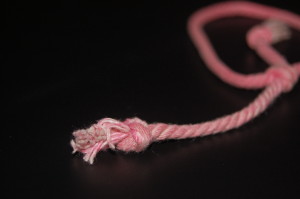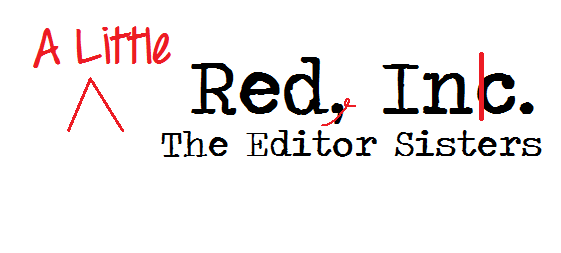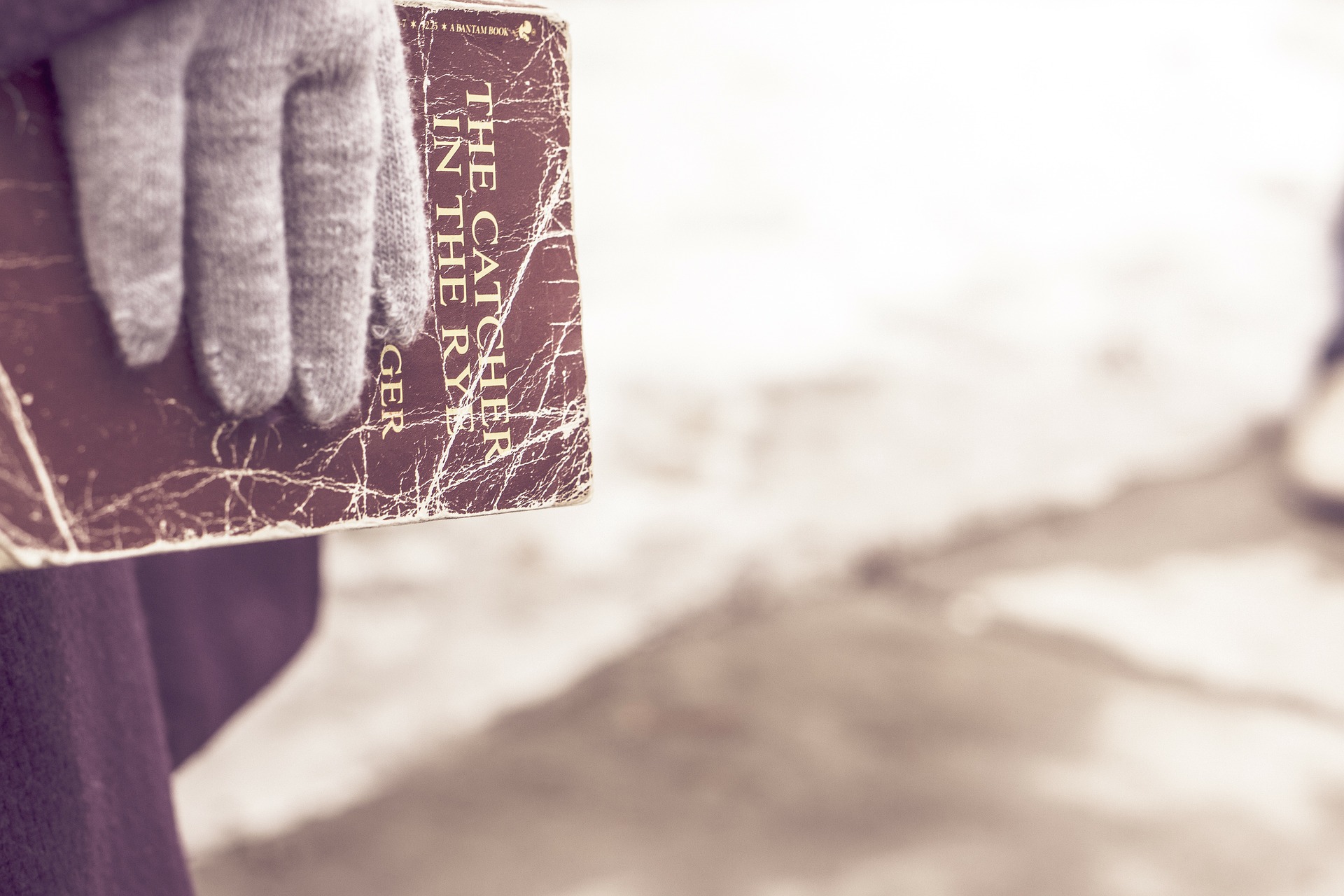What is a macro edit?
When you’re ready to choose a freelance editor, knowing the level of edit you’re after is important. Over the next few posts, let’s take a look at what the differences are in each level of editing.
Macro (or substantive) edit
Line edit
Copy edit
Proofread
Critique
First up is the macro edit.

Image by Bloodwise
Often called a substantive edit, this is concerned with the big picture.
After you’ve finished your manuscript, this is the first edit you’ll need. Let me offer a caveat here: By finished, I don’t mean you’ve typed “The End” on your first draft. I mean your beta readers or critique group has given you input, and you’ve taken that into consideration, revised your work, and polished the manuscript up. You can save yourself a lot of money and heartache if you do this hard work yourself.
Even if you’ve got a stellar crit group or crit partner, a professional editor could still find several big-picture issues that need to be addressed. So…what is a macro edit? What is the editor looking for?
A Killer Hook
You know this bit, I’m sure. Personally, as a reader, I’m a tough sell. Convince me that your book deserves 15-20 hours of my time, anchor me in your story world, and get me to invest in your character’s plight, or I’ll put it down.
As an editor, I obviously won’t put it down. But I’m going to focus a Herculean effort on it.
A macro edit zeroes in on the firsts—first lines, first pages, first chapters.
Compelling story arcs
A macro edit eyes the story arcs of your entire cast. Crafting awful, believable circumstances for your main character isn’t so tough, but what is the antagonist after? What do the minor characters want? (Hint: knowing the answers to these and threading them throughout the story is the way to set up a series. Make people wish they knew the other characters’ stories.)
Characters acting…out of character

Image by Jan Faborsky
As the story arc climbs, and as readers get to know your cast, the characters need to behave believably. If a girl always, always keeps her face covered with a scarf, she’s not going to suddenly walk into a crowd in a sundress, smiling at everyone she meets. If she does show her face, it’d better be worth it. She’s doing something out of the ordinary for her—and she shouldn’t feel comfortable with it.
Another macro object: If a character is going to be a changed person by the end of the story, readers need to see either a microevolution or a major life-changing event. The macro edit will look for these things and point out spots where those could be enriched.
Plot holes
Since it’s every writer’s goal to avoid these little buggers, the macro edit is the hired mercenary. Seek. Target. Destroy. Some editors will mark them. “How did we get here? I thought we were…” Or “They’re discussing something that happened…before they make the discovery that it happened on page 218.”
Don’t convince your readers that the thing they’re most rooting for is on the horizon…and then leave it out. If you make promises to your readers, keep them. The macro edit will focus on that as well.
Pacing
Maybe your setup takes too long; maybe your middle sags. Perhaps the action scenes take a full ten minutes longer to read than they would to see played out. Maybe the readers need a breather or a little humor to break the tension. An editor will be sure to point spots like this out on the macro.
Dropped threads

Image by Devin Young
Sometimes—with the best of intentions—you’ll include details of a story thread (a minor theme), and it’ll get lost along the way. During the substantive edit, an editor will notice those, possibly suggesting they get cut, and possibly pointing out a few areas they can be worked back in.
A satisfying conclusion
Most of all, the editor will make sure your story comes to a satisfying conclusion—leaving readers right where you want them. Do you want to end with possibility but uncertainty? Let your editor know. Are you setting up a sequel? Is there enough resolution to hold the reader until it’s available (while still leaving them longing for more)?
The End…of my post
Of course, each editor is different and will handle the points in his or her own style. This is why a sample edit or a personal recommendation is a great idea.
And remember, when you get the macro edit back, the work isn’t done. Think of it like a bull’s-eye. The macro edit is the outer ring. The follow-up edits (copy edit and proofread) will get you closer to center.
Until you truly hit the target.



 We love helping your growing in your writing career.
We love helping your growing in your writing career.

3 Comments
Great reminder of just what an editor does to get your writing read with a polished and professional product.
Thanks, Christine. And this is just the first step. Some authors like to use a different editor for each level of edit, and some prefer to use the same editor for each round. My sister and I (at A Little Red Ink) often do the final proofread for one another’s clients. A fresh set of eyes never hurts, and it’s easy for us to communicate about what our clients prefer.
Have you ever hired a professional editor for your own writing?
Why users still make use of to read news papers when in this technological
world the whole thing is accessible on net?